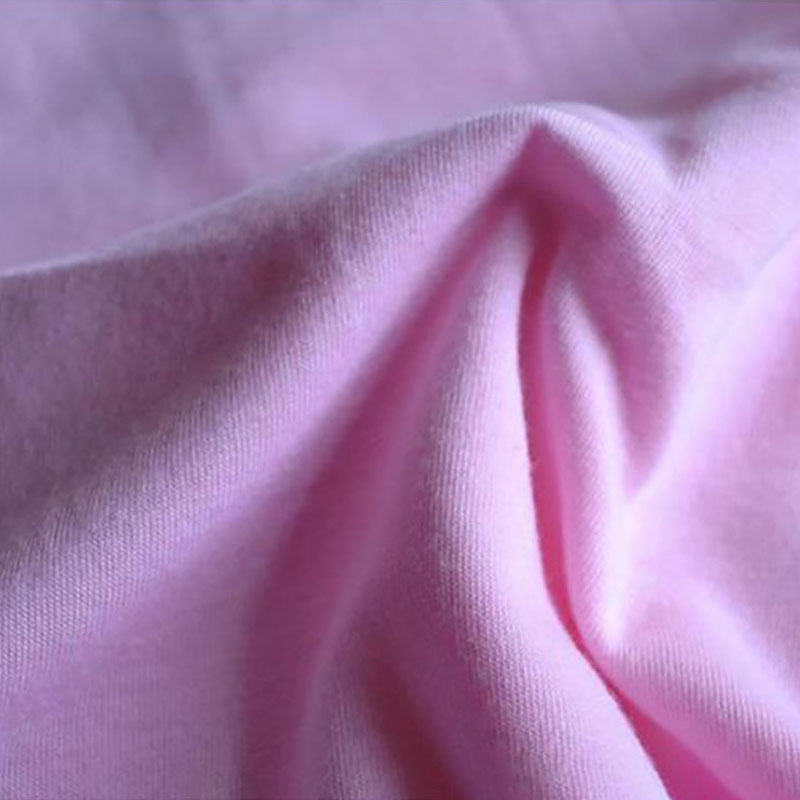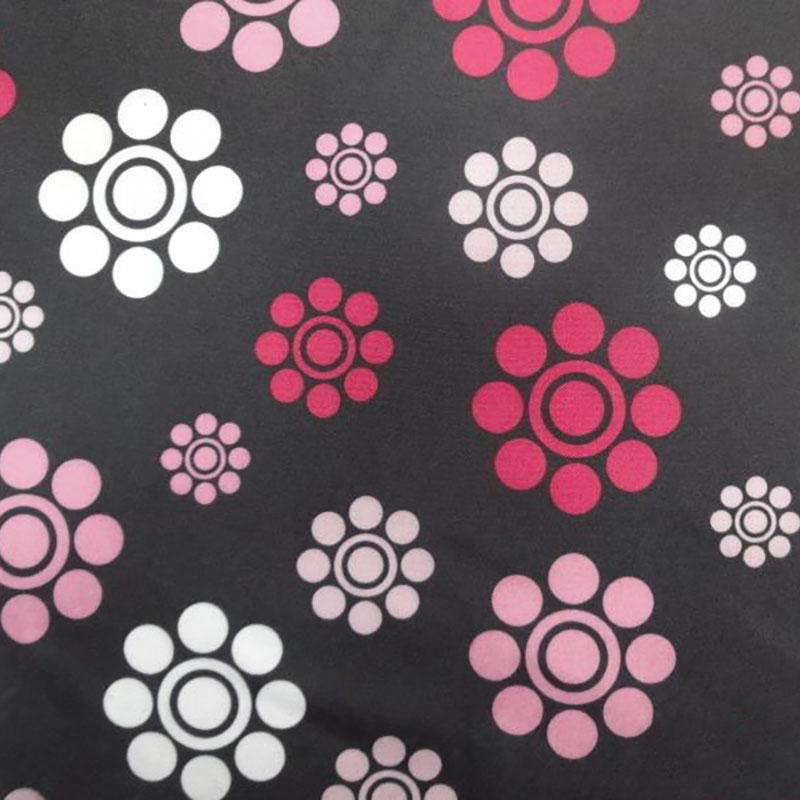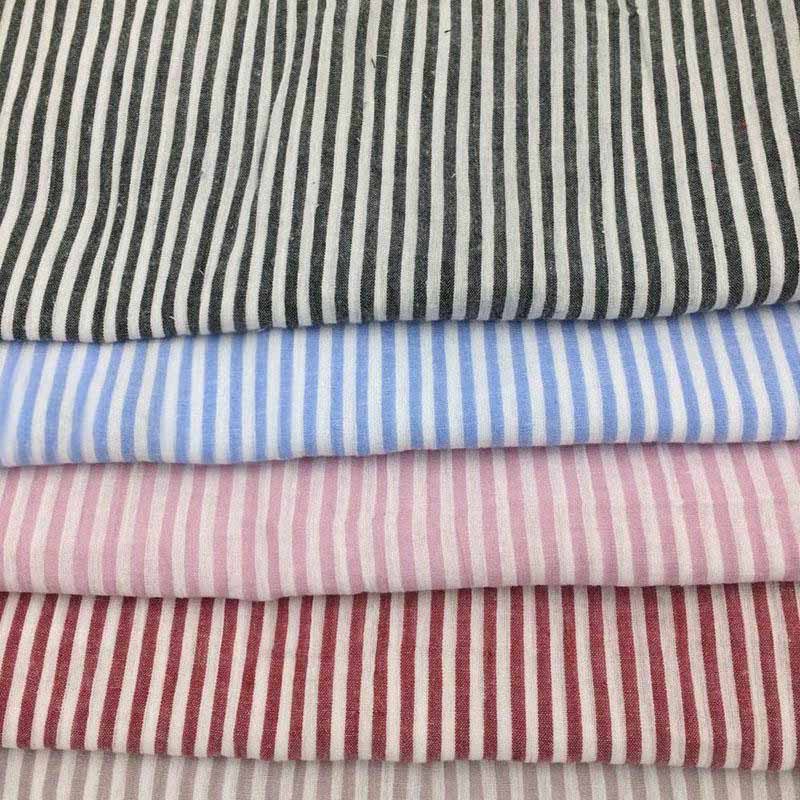As the seasons transition from the warmth of summer to the cooling embrace of autumn and winter, the fabric choices in fashion design play a pivotal role in not only maintaining comfort but also ensuring style. In this article, I will explore the essential fabric selections that define the season's trends.

The fabric selection process begins with understanding the needs of the target audience and the characteristics of the season. For autumn and winter, fabrics that offer warmth, durability, and style are essential. Key choices include wool, cashmere, polyester blends, and heavy cotton.

Wool, for instance, is a classic choice known for its warmth and breathability. It can be used in various styles, from cozy sweaters to tailored coats. Cashmere, while more luxurious, provides unparalleled softness and insulation, making it a well-loved fabric during colder months.
Moreover, texture plays a significant role in modern fashion design. Fabrics such as bouclé and tweed not only contribute to the aesthetic appeal but also enhance the overall warmth of garments. The use of textured fabrics can elevate a simple design into a statement piece.

In today's market, sustainability is becoming increasingly important. Designers are now inclined toward eco-friendly fabrics that not only lessen environmental impact but also meet consumer demand for ethical fashion choices. Organic cotton and recycled polyester are prominent examples that cater to this growing trend.

The right fabric choices are imperative in autumn and winter fashion design. By considering factors such as warmth, texture, aesthetic appeal, and sustainability, designers can create garments that not only meet consumer needs but also set trends. As we embrace the cooler months, let us focus on fabrics that speak to comfort and style, ensuring we remain fashionable while protected from the elements.
